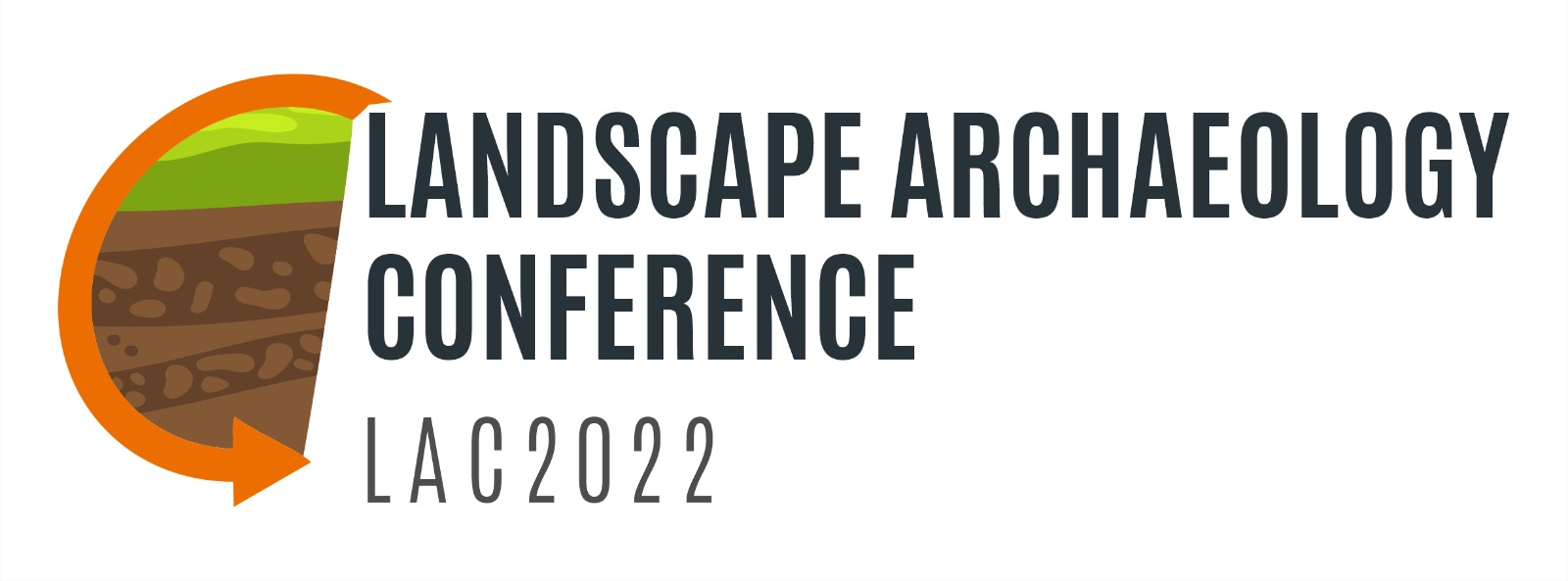Better than pollen? An experiment to use structural information from archaeological excavations to reconstruct medieval deforestation and inspire future reforestation
Main Article Content
Abstract
Plans for the expansion of the present woodland cover exist all over the world, with climate ambitions (carbon capture, climate adaptation), sustainability, the preservation of biodiversity, and the reduction of recreational pressure among the arguments being cited. As a contribution to the current debate on large-scale reforestation in the Netherlands we have tried to spatially reconstruct the presence and dynamics of woodland in the Dutch landscape during the Middle Ages (AD 500-1500). Traditionally pollen data er used for such purposes. However, due to unfavorable preservation conditions and a lack of research, palynological data post-dating c. AD 1000 are scarce and only allow very general reconstructions. The combination of other potential sources of information (place names, historical references, historical maps, ‘ancient woodland’ etc.) is likely to produce better results (Groenewoudt et al., submitted).


